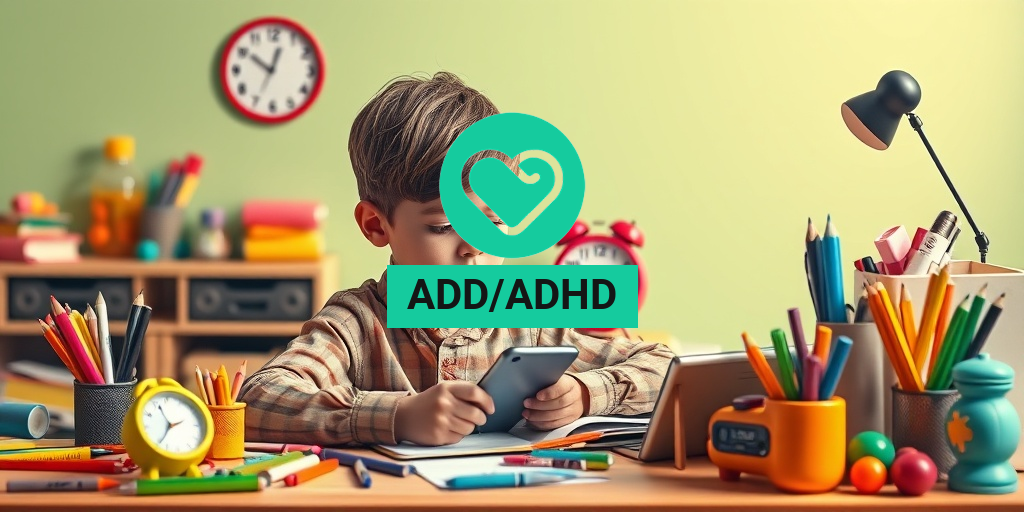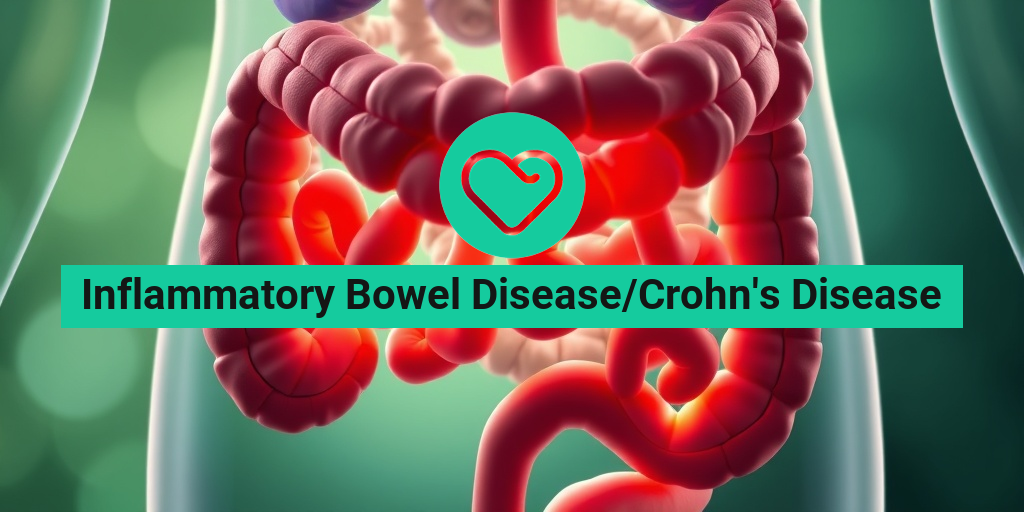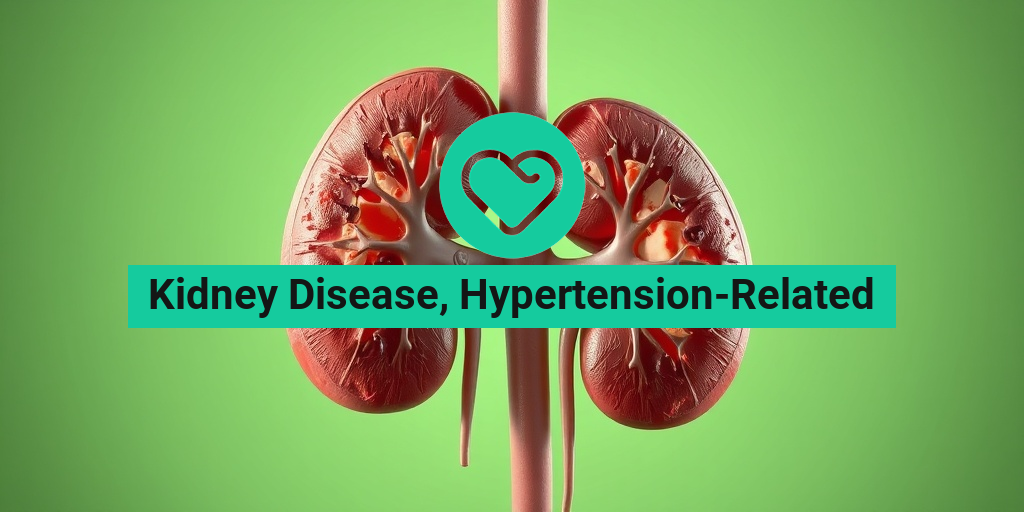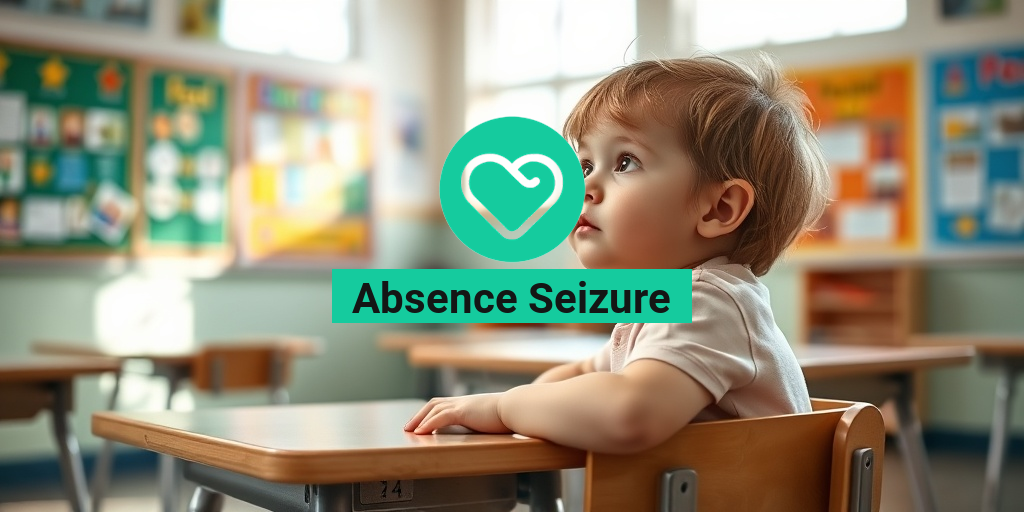What Is ADD/ADHD?
Attention Deficit Disorder (ADD) and Attention Deficit Hyperactivity Disorder (ADHD) are neurodevelopmental disorders that affect both children and adults. While the terms are often used interchangeably, it’s important to note that ADD is an outdated term that primarily refers to individuals who exhibit symptoms of inattention without the hyperactive behaviors typically associated with ADHD. In contrast, ADHD encompasses a broader range of symptoms, including hyperactivity and impulsivity.
According to the Centers for Disease Control and Prevention (CDC), approximately 6.1 million children in the United States have been diagnosed with ADHD. This condition can significantly impact daily functioning, academic performance, and social interactions. Understanding ADD/ADHD is crucial for effective management and support.
Understanding the Definition
ADD/ADHD is characterized by a persistent pattern of inattention and/or hyperactivity-impulsivity that interferes with functioning or development. The symptoms can vary widely among individuals, making it essential to recognize the signs early on. Diagnosis typically involves a comprehensive evaluation by a healthcare professional, which may include behavioral assessments and questionnaires.
Types of ADD/ADHD
There are three primary types of ADHD, each defined by the predominant symptoms:
- Predominantly Inattentive Presentation: Individuals may struggle with staying focused, following through on tasks, and organizing activities.
- Predominantly Hyperactive-Impulsive Presentation: This type is characterized by excessive fidgeting, difficulty remaining seated, and impulsive decision-making.
- Combined Presentation: Individuals exhibit a mix of both inattentive and hyperactive-impulsive symptoms.
ADD/ADHD Symptoms
Recognizing the symptoms of ADD/ADHD is vital for early intervention and effective management. Symptoms can manifest differently in children and adults, and they may also vary based on gender. Here are some common symptoms associated with ADD/ADHD:
Inattention Symptoms
- Difficulty Sustaining Attention: Individuals may find it challenging to focus on tasks or activities, leading to incomplete work.
- Careless Mistakes: Frequent errors in schoolwork or other activities due to lack of attention to detail.
- Disorganization: Struggling to keep track of belongings, schedules, or tasks.
- Forgetfulness: Regularly forgetting daily activities, appointments, or deadlines.
Hyperactivity Symptoms
- Excessive Fidgeting: Individuals may tap their hands or feet or squirm in their seats.
- Inability to Stay Seated: Difficulty remaining seated in situations where it is expected, such as in classrooms or meetings.
- Talking Excessively: Often interrupting others or dominating conversations.
Impulsivity Symptoms
- Interrupting Others: Frequently cutting off conversations or intruding on others’ activities.
- Difficulty Waiting: Struggling to wait for their turn in group settings.
- Making Hasty Decisions: Acting without considering the consequences, which can lead to risky behaviors.
Gender Differences in Symptoms
Interestingly, research indicates that ADD/ADHD symptoms can present differently in women compared to men. Women are more likely to experience inattentive symptoms, which can lead to underdiagnosis or misdiagnosis. Symptoms in women may include:
- Chronic Disorganization: Difficulty managing time and tasks.
- Emotional Dysregulation: Struggles with mood swings and emotional responses.
If you suspect that you or a loved one may have ADD/ADHD, seeking a professional evaluation is crucial. Resources like Yesil Health AI (yesilhealth.com) can provide evidence-based information and guidance on testing and treatment options.
Understanding ADD/ADHD is the first step toward effective management and support. By recognizing the symptoms and seeking help, individuals can lead fulfilling lives despite the challenges posed by this condition. 🌟

ADD/ADHD in Children
Attention Deficit Disorder (ADD) and Attention Deficit Hyperactivity Disorder (ADHD) are neurodevelopmental disorders that affect millions of children worldwide. Understanding how these conditions manifest in children is crucial for parents, educators, and caregivers. Let’s explore the symptoms, diagnosis, and management of ADD/ADHD in children.
Recognizing the Symptoms
Children with ADD/ADHD may exhibit a range of symptoms that can impact their daily lives. These symptoms can be categorized into two main types: inattention and hyperactivity-impulsivity.
- Inattention: Children may struggle to focus on tasks, follow instructions, or complete homework. They might frequently lose items necessary for tasks and activities.
- Hyperactivity: This can manifest as excessive fidgeting, difficulty remaining seated, or talking excessively. Children may seem to be constantly on the go.
- Impulsivity: Impulsive behaviors can lead to interrupting others, difficulty waiting for their turn, or making hasty decisions without considering the consequences.
It’s important to note that not all children with ADD/ADHD will display all these symptoms. Some may primarily struggle with inattention, while others may exhibit more hyperactive behaviors. 🌟
Diagnosis and Testing
If you suspect your child may have ADD/ADHD, seeking a professional evaluation is essential. The diagnosis typically involves:
- Behavioral assessments: These may include questionnaires and checklists completed by parents and teachers to evaluate the child’s behavior in different settings.
- Clinical interviews: A healthcare professional will conduct interviews with the child and their caregivers to gather comprehensive information about their behavior and development.
- Standardized tests: While there is no single test for ADD/ADHD, standardized assessments can help rule out other conditions and confirm the diagnosis.
Finding a qualified professional for ADD/ADHD testing near you can make a significant difference in your child’s journey. 🩺
Managing ADD/ADHD in Children
Once diagnosed, managing ADD/ADHD involves a combination of strategies tailored to the child’s unique needs. Here are some effective approaches:
- Behavioral therapy: This can help children develop coping strategies and improve their social skills.
- Medication: In some cases, healthcare providers may prescribe medications to help manage symptoms. Common medications include stimulants like Adderall and non-stimulants like Strattera.
- Educational support: Collaborating with teachers to create an Individualized Education Plan (IEP) can provide necessary accommodations in the classroom.
It’s essential to maintain open communication with your child about their condition, helping them understand their strengths and challenges. 💬
ADD/ADHD Causes
The exact causes of ADD/ADHD remain unclear, but research suggests that a combination of genetic, environmental, and neurological factors contribute to its development. Understanding these causes can help demystify the condition and foster empathy for those affected.
Genetic Factors
Studies indicate that ADD/ADHD tends to run in families, suggesting a genetic component. If a parent or sibling has the disorder, the likelihood of a child developing it increases significantly. Researchers are investigating specific genes that may be linked to ADD/ADHD, but more studies are needed to draw definitive conclusions.
Environmental Influences
Environmental factors may also play a role in the development of ADD/ADHD. Some potential influences include:
- Exposure to toxins: Prenatal exposure to substances like tobacco smoke, alcohol, or lead may increase the risk of developing ADD/ADHD.
- Premature birth: Children born prematurely or with low birth weight may be at a higher risk for developing the disorder.
- Family stress: High levels of stress in the home environment, including family conflict or instability, can contribute to behavioral issues in children.
Neurological Factors
Research has shown that differences in brain structure and function may be associated with ADD/ADHD. For instance, certain areas of the brain responsible for attention and impulse control may develop differently in children with the disorder. Neurotransmitter imbalances, particularly involving dopamine, are also believed to play a role in ADD/ADHD symptoms.
Understanding the causes of ADD/ADHD can help parents and caregivers approach the condition with compassion and informed strategies. By recognizing that ADD/ADHD is not simply a matter of willpower or discipline, we can foster a supportive environment for those affected. 🌈
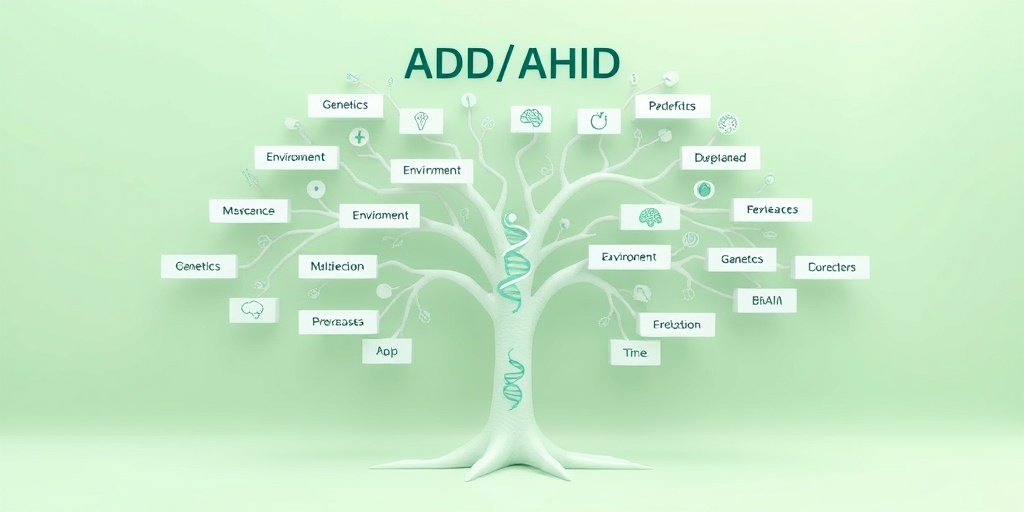
ADD/ADHD Risk Factors
Attention Deficit Disorder (ADD) and Attention Deficit Hyperactivity Disorder (ADHD) are complex neurodevelopmental disorders that can significantly impact an individual’s daily life. Understanding the risk factors associated with ADD/ADHD is crucial for early identification and intervention. Here, we’ll explore the various factors that may increase the likelihood of developing these conditions.
Genetic Factors
Research indicates that genetics play a significant role in the development of ADD/ADHD. If a family member, particularly a parent or sibling, has been diagnosed with ADD/ADHD, the risk of developing the disorder increases. Studies suggest that the heritability of ADHD is around 70-80%, highlighting the importance of genetic predisposition.
Environmental Influences
Environmental factors can also contribute to the risk of developing ADD/ADHD. Some of these include:
- Exposure to Toxins: Pregnant women exposed to tobacco smoke, alcohol, or drugs may increase the risk of their child developing ADD/ADHD.
- Low Birth Weight: Children born with a low birth weight or those who experience premature birth are at a higher risk.
- Lead Exposure: Exposure to lead, particularly in early childhood, has been linked to an increased risk of ADHD.
Psychosocial Factors
The environment in which a child grows up can also influence the likelihood of developing ADD/ADHD. Factors such as:
- Family Dynamics: A chaotic home environment, including high levels of stress or conflict, can contribute to the development of ADHD symptoms.
- Socioeconomic Status: Children from lower socioeconomic backgrounds may face additional stressors that can exacerbate symptoms.
Comorbid Conditions
Individuals with ADD/ADHD often experience other mental health conditions, such as anxiety or depression. The presence of these comorbid conditions can complicate the diagnosis and treatment of ADD/ADHD, making it essential to consider them when evaluating risk factors.
ADD/ADHD Diagnosis
Diagnosing ADD/ADHD can be a complex process that involves multiple steps. It’s essential to understand how healthcare professionals determine whether an individual meets the criteria for these disorders.
Clinical Evaluation
The first step in diagnosing ADD/ADHD is a comprehensive clinical evaluation. This typically includes:
- Medical History: A thorough review of the individual’s medical history, including any family history of ADD/ADHD or other mental health conditions.
- Behavioral Assessments: Standardized questionnaires and rating scales are often used to assess the frequency and severity of symptoms.
Diagnostic Criteria
Healthcare professionals use the criteria outlined in the Diagnostic and Statistical Manual of Mental Disorders (DSM-5) to diagnose ADD/ADHD. Key symptoms include:
- Inattention: Difficulty sustaining attention, following through on tasks, and organizing activities.
- Hyperactivity: Excessive fidgeting, difficulty remaining seated, and talking excessively.
- Impulsivity: Interrupting others, difficulty waiting for one’s turn, and making hasty decisions.
Testing and Assessment Tools
In addition to clinical evaluations, various testing tools can aid in the diagnosis of ADD/ADHD. These may include:
- ADD/ADHD Questionnaires: Self-reported or parent-reported questionnaires that assess symptoms and behaviors.
- Behavioral Observations: Observing the individual in different settings, such as home and school, to gather comprehensive data on their behavior.
Referral to Specialists
In some cases, a referral to a specialist, such as a psychologist or psychiatrist, may be necessary for a more in-depth evaluation. These professionals can provide additional insights and recommendations for treatment options.
Understanding the risk factors and the diagnostic process for ADD/ADHD is vital for parents, educators, and individuals themselves. Early identification and intervention can lead to better outcomes and improved quality of life. 🌟

ADD/ADHD Treatment Options
When it comes to managing ADD/ADHD, there are various treatment options available that can help individuals lead fulfilling lives. Understanding these options is crucial for anyone navigating the complexities of this condition. Let’s explore the most common treatment methods.
1. Medications
Medications are often the first line of treatment for ADD/ADHD. They can help improve focus, attention, and impulse control. The two main categories of medications include:
- Stimulants: These are the most commonly prescribed medications for ADD/ADHD. They work by increasing the levels of certain neurotransmitters in the brain, which helps enhance concentration. Examples include Adderall and Ritalin.
- Non-stimulants: For those who may not respond well to stimulants or experience undesirable side effects, non-stimulant medications like Strattera can be effective alternatives.
2. Behavioral Therapy
Behavioral therapy is another essential component of ADD/ADHD treatment. This approach focuses on modifying specific behaviors and developing coping strategies. Key aspects include:
- Cognitive Behavioral Therapy (CBT): This type of therapy helps individuals identify negative thought patterns and replace them with positive ones.
- Parent Training: Parents can learn effective strategies to manage their child’s behavior and support their development.
3. Lifestyle Changes
Incorporating certain lifestyle changes can significantly impact the management of ADD/ADHD. Here are some effective strategies:
- Regular Exercise: Physical activity can help improve focus and reduce impulsivity. Aim for at least 30 minutes of exercise most days of the week.
- Healthy Diet: A balanced diet rich in fruits, vegetables, whole grains, and lean proteins can support brain health.
- Sleep Hygiene: Establishing a consistent sleep routine is vital, as lack of sleep can exacerbate symptoms.
4. Support Groups
Connecting with others who understand the challenges of ADD/ADHD can be incredibly beneficial. Support groups provide a platform for sharing experiences, tips, and encouragement. Whether in-person or online, these communities can foster a sense of belonging and understanding. 🤝
Living with ADD/ADHD
Living with ADD/ADHD can present unique challenges, but with the right strategies and support, individuals can thrive. Here are some insights into navigating daily life with this condition.
Understanding Your Symptoms
Recognizing the symptoms of ADD/ADHD is the first step toward effective management. Common symptoms include:
- Inattention: Difficulty focusing on tasks, forgetfulness, and disorganization.
- Hyperactivity: Excessive fidgeting, restlessness, and difficulty staying seated.
- Impulsivity: Acting without thinking, interrupting others, and difficulty waiting for one’s turn.
Creating a Supportive Environment
Establishing a structured and supportive environment can make a significant difference. Here are some tips:
- Organizational Tools: Use planners, calendars, and reminders to keep track of tasks and appointments.
- Minimize Distractions: Create a workspace that is free from distractions to enhance focus.
- Set Clear Goals: Break tasks into smaller, manageable steps to avoid feeling overwhelmed.
Communicating with Others
Open communication with family, friends, and colleagues is essential. Sharing your experiences and challenges can foster understanding and support. Consider discussing:
- Your specific symptoms and how they affect your daily life.
- Strategies that work for you and those that don’t.
- How others can help you manage your symptoms effectively.
Embracing Your Unique Strengths
While ADD/ADHD can present challenges, it’s important to recognize and embrace your unique strengths. Many individuals with ADD/ADHD are highly creative, energetic, and capable of thinking outside the box. Celebrate these qualities and find ways to leverage them in your personal and professional life. 🌟
Living with ADD/ADHD may require adjustments and ongoing support, but with the right tools and mindset, individuals can lead fulfilling and successful lives. Remember, you are not alone on this journey! 💪

Frequently Asked Questions about ADD/ADHD
What is ADD/ADHD?
ADD/ADHD stands for Attention Deficit Disorder/Attention Deficit Hyperactivity Disorder. It is a neurodevelopmental disorder characterized by difficulties with attention, hyperactivity, and impulsiveness. Understanding the definition of this condition is crucial for recognizing its impact on daily life.
What are the common symptoms of ADD/ADHD?
Individuals with ADD/ADHD may experience a variety of symptoms, including:
- Inattention and difficulty focusing
- Impulsivity and difficulty waiting for turns
- Hyperactivity, such as fidgeting or excessive talking
- Difficulty organizing tasks and activities
- Forgetfulness in daily activities
It’s important to note that symptoms can vary widely among individuals, and some may experience more pronounced symptoms than others.
How is ADD/ADHD diagnosed?
The diagnosis of ADD/ADHD typically involves a comprehensive evaluation by a healthcare professional. This may include:
- A detailed history of symptoms
- Behavioral assessments
- Standardized questionnaires
- Input from teachers or family members
Many people seek ADD/ADHD testing through local clinics or specialists to receive an accurate diagnosis.
What treatments are available for ADD/ADHD?
Treatment options for ADD/ADHD often include:
- Medications: Stimulants and non-stimulants are commonly prescribed to help manage symptoms.
- Therapy: Behavioral therapy and counseling can provide coping strategies and support.
- Educational support: Accommodations in school settings can help children succeed academically.
Consulting with a healthcare provider can help determine the best treatment plan tailored to individual needs.
Are there specific symptoms of ADD/ADHD in women?
Yes, women may experience unique symptoms of ADD/ADHD, such as:
- Difficulty managing time and responsibilities
- Emotional dysregulation
- Higher levels of anxiety and depression
Understanding these differences is essential for proper diagnosis and treatment.
Can I self-diagnose ADD/ADHD?
While some individuals may feel they have ADD/ADHD based on their experiences, self-diagnosis is not recommended. A professional evaluation is crucial for an accurate diagnosis and appropriate treatment.
How can I find support for ADD/ADHD?
Support for individuals with ADD/ADHD can be found through:
- Support groups and online communities
- Therapists specializing in ADHD
- Educational resources and workshops
Connecting with others who understand the challenges can be incredibly beneficial.
What should I do if I suspect my child has ADD/ADHD?
If you suspect your child may have ADD/ADHD, consider the following steps:
- Observe and document specific behaviors and symptoms.
- Consult with your child’s teacher for additional insights.
- Schedule an appointment with a healthcare professional for evaluation.
Early intervention can lead to better outcomes for children with ADD/ADHD.
Can lifestyle changes help manage ADD/ADHD symptoms?
Yes, certain lifestyle changes can support the management of ADD/ADHD symptoms, including:
- Regular exercise to improve focus and mood
- A balanced diet rich in nutrients
- Establishing a consistent routine
Incorporating these changes can enhance overall well-being and symptom management.

